
Geftao: Unselfishness
In CHamoru culture many values are exhibited in daily life. Geftao (generous, giving in the CHamoru language) is an example of a principle that conveys

In CHamoru culture many values are exhibited in daily life. Geftao (generous, giving in the CHamoru language) is an example of a principle that conveys
Divorce. The earliest information known about the Ancient Chamorro/CHamoru style of divorce comes from the notes of Fray Juan Pobre de Zamora.
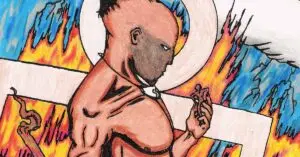
God of the underworld. Chaife was the god of the underworld, according to one Guam legend.
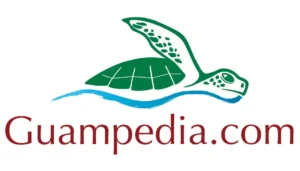
Maga’låhi Yula (also spelled Hula or Yura) was a chief from the village of Apotguan in Hagåtña, who is best known for sparking a Chamorro/CHamoru
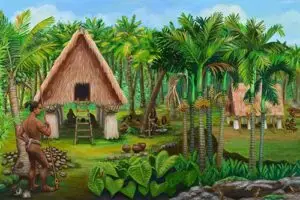
Maga’låhi Tolahi (also spelled Tetlaje or Torahi) was a chief from Tachuc (immediately south of Malesso), who fearlessly led the southern villages in resistance to

Women today continue to maintain positions of authority in Chamorro/CHamoru society, both at home, in Chamorro families, and in professional careers whether they are Chamorro
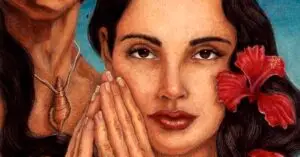
The story of the two lovers who tied their hair together and leapt to their death on Guam was first recorded by French researcher Louis
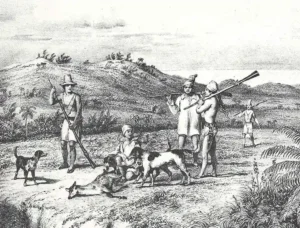
Mens’ role in societies have always been that of protector and provider. In the Mariana Islands, a change in the level of male authority was
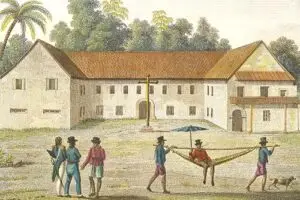
In Spanish colonial times criollo referred to a full-blooded Spaniard born in the Spanish colonies in Asia and the Americas. It was a term mostly

Kottot (pronounced koe-toot) is a rectangular basket made from the leaves of the åkgak (awhk-gak) tree, which is the Screw pine (pandanus tectorious). The kottot